Near-Earth Asteroid dashing towards Earth for close approach! NASA clocks it at 57876 kmph
An aircraft-sized asteroid is on its way towards Earth and is expected to make a close approach soon. Know its size, speed, and other details, as per NASA.
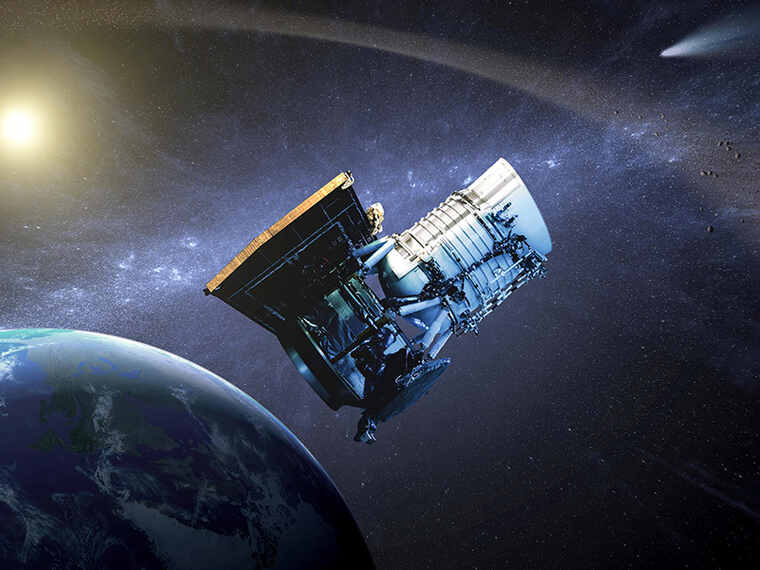
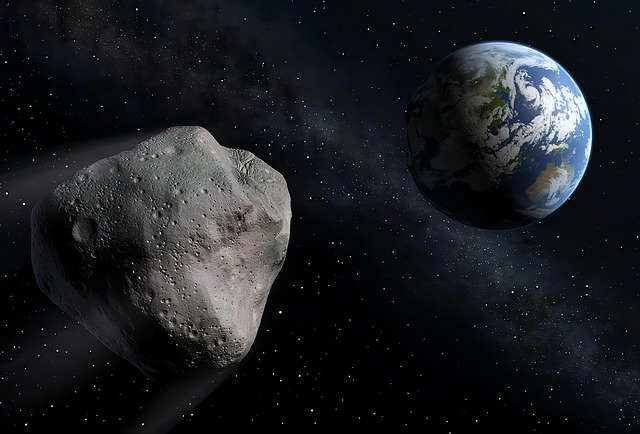

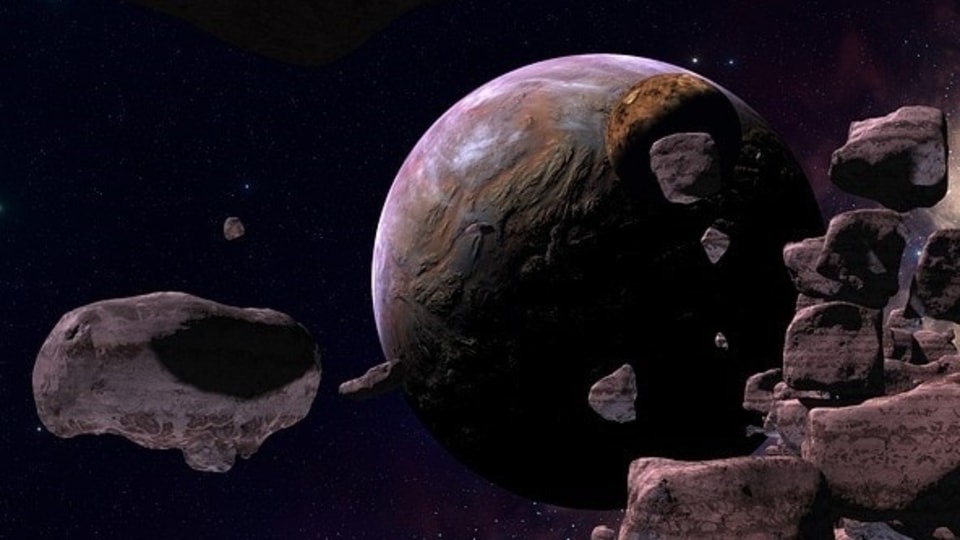
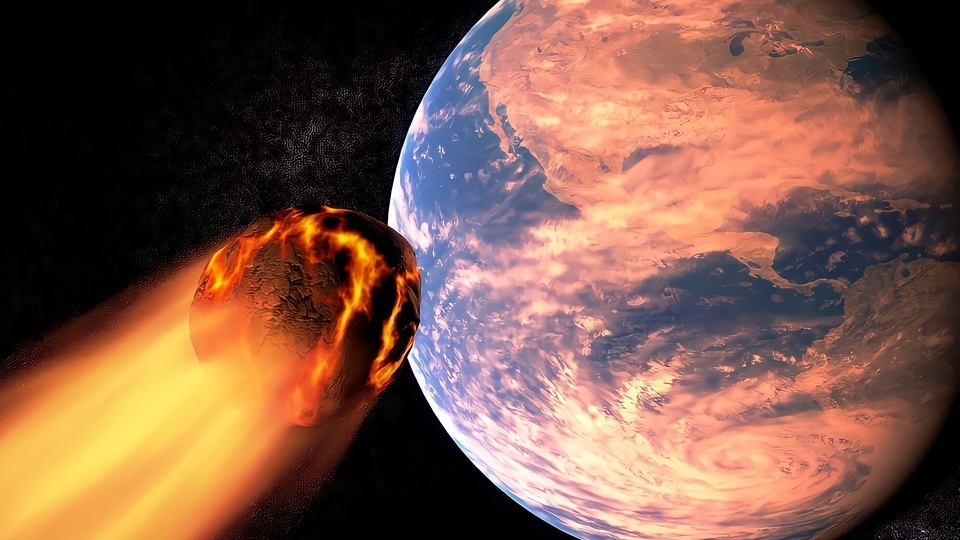
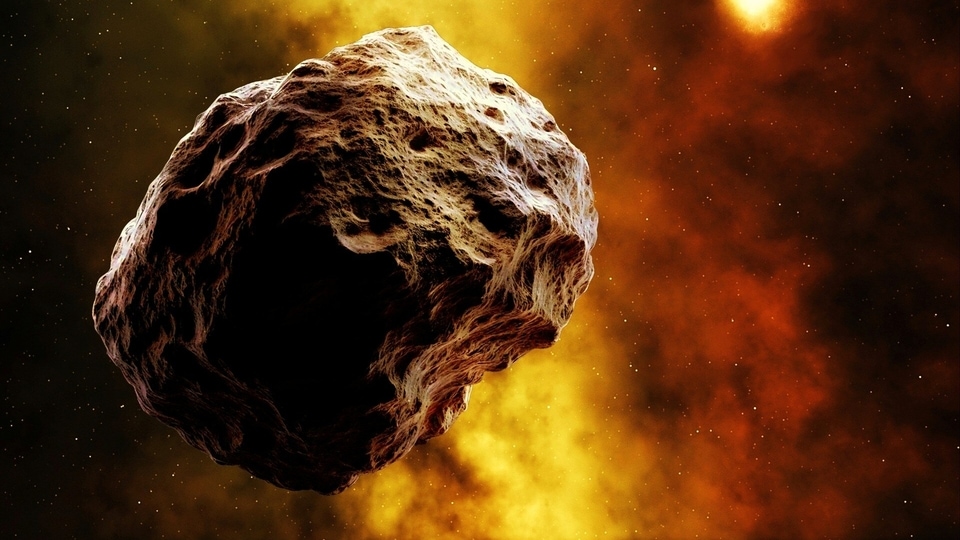
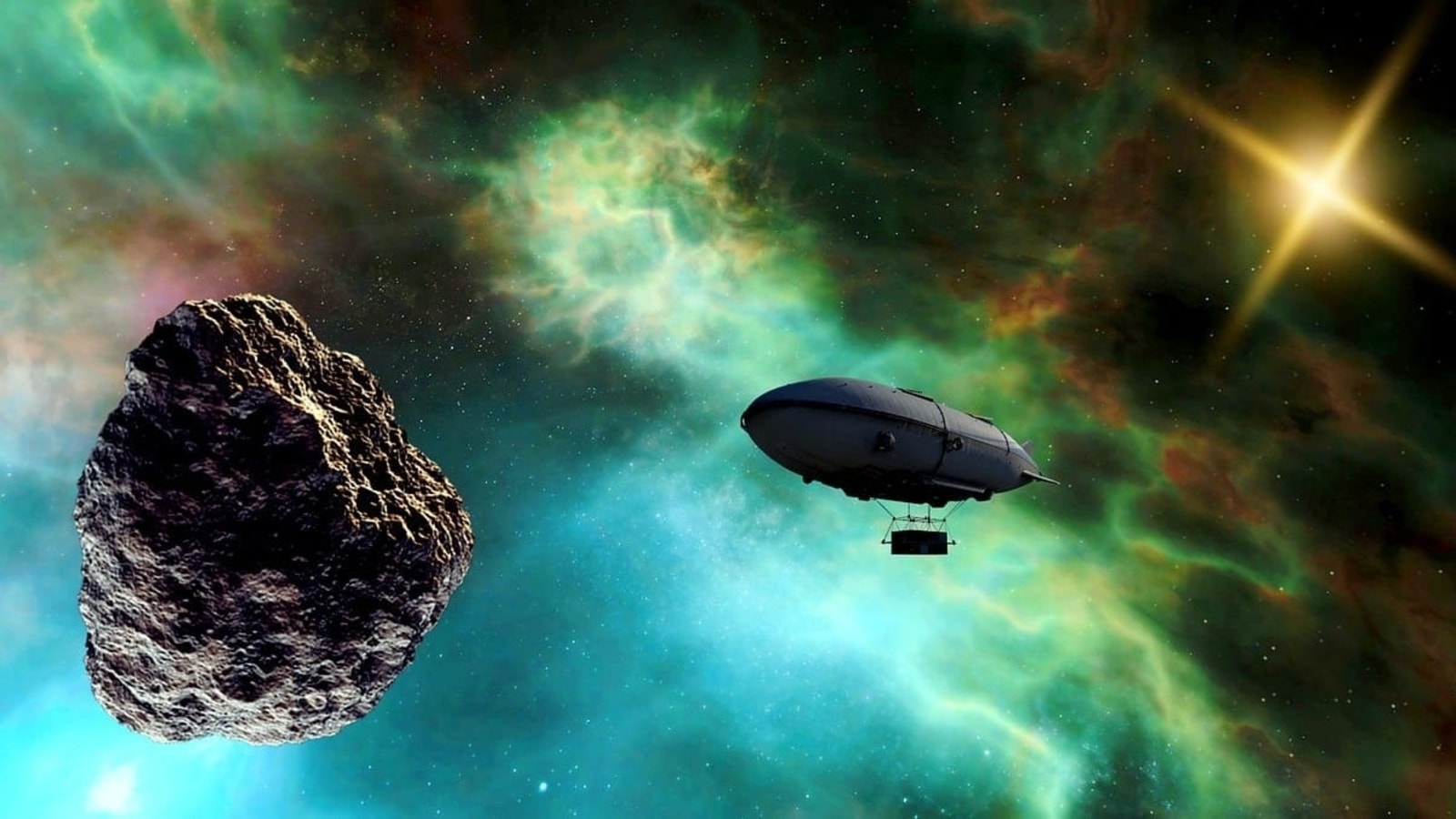
 View all Images
View all ImagesTo minimize the uncertainty and counter the potential threat posed by asteroids that come close to Earth, space agencies like NASA, ESA, and others use advanced technologies like ground and space-based telescopes to keep an eye on these Near-Earth Objects. Although an asteroid isn't expected to hit Earth in the next 100 years, according to Dr. Davide Farnocchia of NASA's Center for Near Earth Object Studies (CNEOS), approximately 3,000 new NEOs are discovered annually, which makes continuous monitoring and trajectory prediction of these space rocks crucial.
NASA has now revealed details about an asteroid that is expected to make its closest approach to Earth today.
Asteroid 2023 JZ4 details
According to the data published by CNEOS, an asteroid designated as Asteroid 2023 JZ4 is approaching Earth at a ferocious speed and is expected to make its closest approach to the planet today, May 29. How fast is it going? Well, NASA has revealed that this space rock is currently travelling towards Earth at 57876 kilometers per hour. It will come as close as 2.3 million kilometers.
What's concerning about this asteroid is its size. NASA estimates it to be around 100 feet wide, which makes it almost as big as an aircraft! It belongs to the Apollo group of Near-Earth Asteroids, which are Earth-crossing space rocks with semi-major axes larger than Earth's. These asteroids are named after the humongous 1862 Apollo asteroid, discovered by German astronomer Karl Reinmuth in the 1930s.
OSIRIS-REx spacecraft-The asteroid hunter
Thanks to NASA technology like telescopes and other spacecraft, it has been discovered that one asteroid that the space agency is studying up close, called Bennu, has a 1/2700 chance of impacting Earth between 2175 and 2195. In fact, the OSIRIS-REx spacecraft has been sent on a mission - a 2-year investigation of Bennu - before plucking a sample of asteroid material off its surface and delivering it back to Earth. Along with collecting a sample, OSIRIS-REx will also be studying how light absorbed from the Sun and re-radiated by Bennu affects its orbit—and consequently, how that orbit could become more dangerous for Earth.
Catch all the Latest Tech News, Mobile News, Laptop News, Gaming news, Wearables News , How To News, also keep up with us on Whatsapp channel,Twitter, Facebook, Google News, and Instagram. For our latest videos, subscribe to our YouTube channel.





























